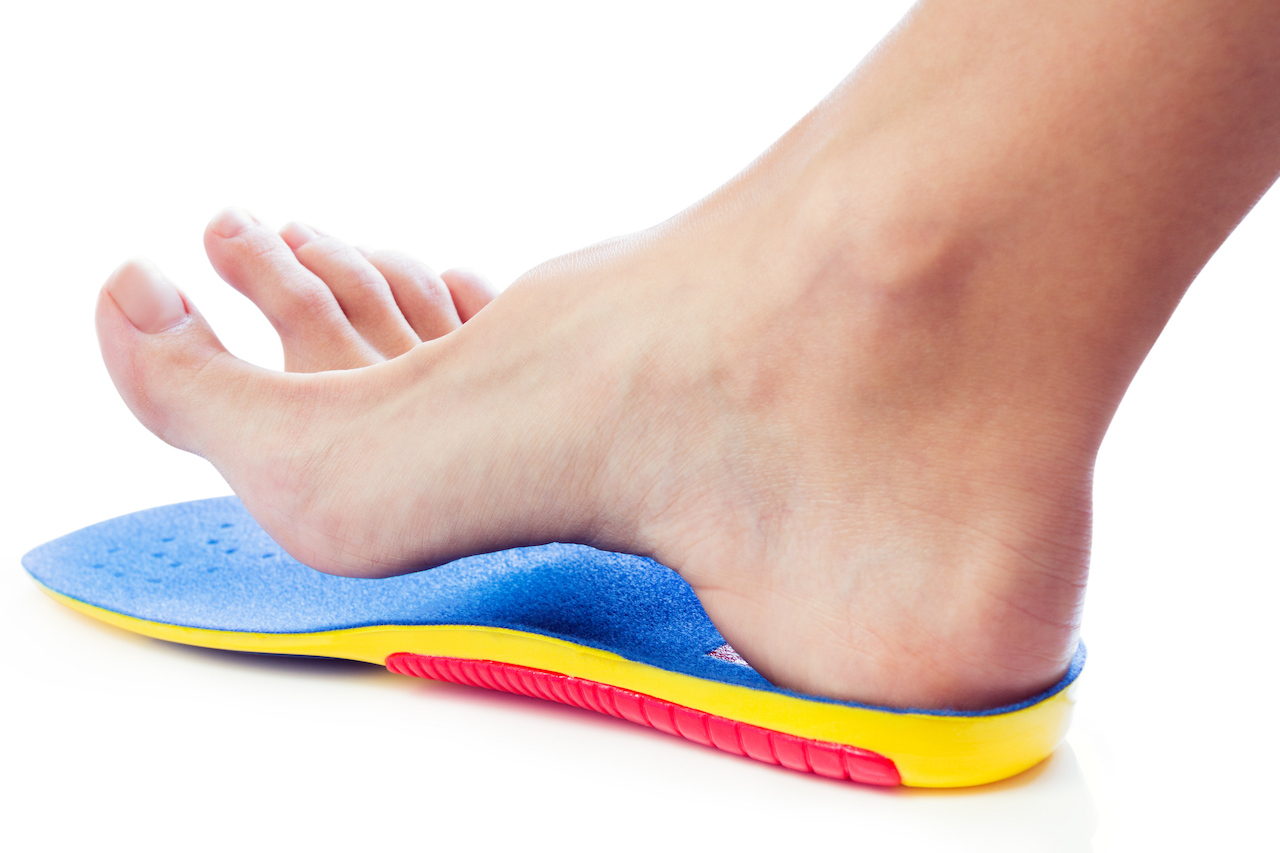There’s nothing like strutting your stuff in your favourite pair of shoes… until ouch! They’re worn away to nothing, and your feet feel like they’ve lived through a war. The answer may be insoles.
Insoles are the inside part of a shoe that supports the bottom of your foot. You can thank ancient innkeepers for this handy little foot friend. They created the first insoles for tired travellers who complained of their tired, aching feet.
At first, they used animal hair as matted pads to cushion the feet, but later, professional shoemakers innovated on the idea and turned to thermoplastic to make comfortable and sturdy insoles which moulded to feet.
They are simply removed and can be easily placed in shoes, too. People often replace the original insoles in their shoes for more comfortable or orthopaedic ones for foot conditions. Today, they are usually made from cellulose paperboard or a synthetic insole board.
If in doubt, it’s best to visit a specialist, like a podiatrist, to help you choose the right kind of insole for your body’s mechanics. Choosing the wrong ones, can lead to lots of other problems, like ankle, knee and hip-pain.
Why are insoles important?
Insoles aren’t just used for comfort. They’re also used to minimise odour and moisture, and absorb shock. Speciality insoles like orthotic insoles offer support for health-related issues so that the foot can be positioned better to prevent discomfort.
Your feet carry the weight of your entire body and this places a strain on them. Any stress on your feet that isn’t properly absorbed can put stress on your ankles, knees and hips. Good-quality insoles help to absorb the strain, carry your weight and provide much-needed arch support.
They can help to:
- Improve posture.
- Prevent varicose veins.
- Reduce back pain.
- Provide joint relief.
Do you need insoles?
Here are a few signs to look out for:
- If you constantly experience foot pain and discomfort.
- Your shoes are terribly worn out.
- Severe pain in your heels.
- Callouses or bunions on your toes.
Choosing the right insoles
- Consider the type of shoes you wear often. Choose thick insoles for shoes like boots and thin, flexible insoles for sneakers.
- Check on the type of support an insole offers before choosing it. For example, if you have problems with your arches, choose an insole which will help support them.
- We all need different types of cushioning for our feet, so you need to choose insoles which will provide the right cushioning for you. For example, choose a soft gel insole if you need help with shock absorption, but if you need help aligning your feet; choose a sturdy insole made of plastic plates.
Caring for your insoles
Insoles can last up to six months if you look after them properly.
- Although it may seem convenient, don’t leave your insoles in your shoes indefinitely. It’s important that you regularly air them out, particularly if they’ve become damp from rain, water or sweat. If insoles are left soggy and enclosed, they can lose their shape and become useless.
- Wash your insoles every week to keep them clean. This will protect your feet from infection that can come from dirt and sweat build-up.
- Check your insoles regularly to make sure they aren’t wearing out and for any changes in the fit.

